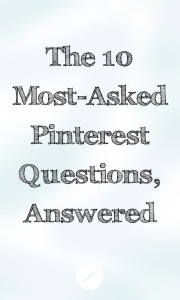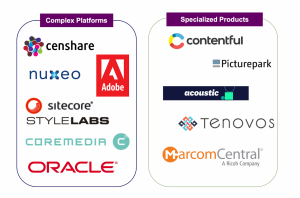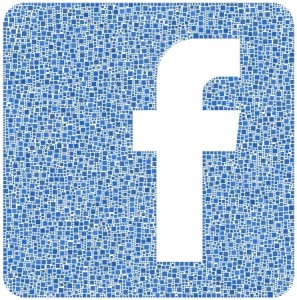The short answer is “yes”, social media reaction types matter (otherwise Facebook wouldn’t have introduced five new emoji buttons to supplement their famous “Like” option). Does the overall quantity matter more than the type? Not really. Large numbers of negative reviews can mortally wound a small business, or even a large business’s new product. Imagine a cross-departmental meeting where the social media team reports jaw-dropping engagement rates – oh, and they’re all negative. Over to you, PR team.
Sentiment type matters. There are entire fields of study around it and CIO.com even referenced hiring “digital anthropologists” to analyze the more nuanced online conversations. Why would brands go to such great lengths to scavenge the depths looking for treasure?
In some cases, million-dollar business decisions are being based on these nuances. Just ask Ford or Maker’s Mark, that heard from thousands and thousands of customers about potential changes to their whiskey product. In both examples, end-users didn’t just have “yes” or “no” feedback – they were passionate about it. As companies continue to make big business decisions, they are likely to rely, at least somewhat, on the wide array of sentiment type insights now available to them.
Agencies are also very interested in sentiment types, especially when it’s so forthcoming by social media users. Weeding out the archetypes who fit the ideal target audience, but are milquetoast in response to ad messages will save a great deal of money and improve performance rates. Not to mention that all this can be done in a matter of minutes.
If you think about sentiment analysis in terms of an evolution, the green and red shading of bar charts from public relations showing basic news coverage have been replaced with rainbows. Marketing teams can’t just track volume if they want to create better content, stronger leads, and higher engagement. They’ll want to know how people feel about things, which is why the five new Facebook emoticons are important and valuable.
Today’s largest social media network wants to stay that way, and it only makes sense they would try to improve the user experience by feeding their algorithms better data. In other words, they know that just because a person “Likes” a certain type of post, doesn’t necessarily mean they want to see more of that category of post – even though that’s how it works today.
Unfortunately, for now, marketers will have to navigate Facebook’s new Reactions in the dark, as the only metrics for them are at the individual post level, and are not segmented out. Facebook isn’t using this data to change what users see yet either. So if your brand needs to know why are the fans are “sad”, and “glad” and “bad”, we do not know. Go ask your dad.
Digital & Social Articles on Business 2 Community(33)





